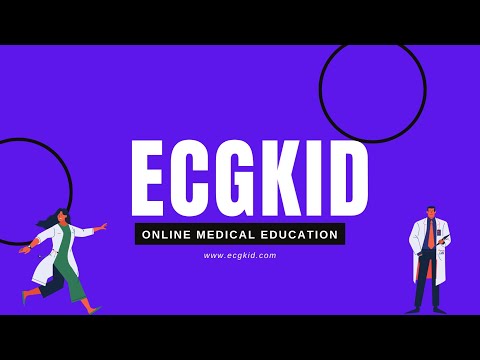🎬 Video Summary
This video provides a concise explanation of what a stroke, also known as a Cerebrovascular Accident (CVA), is. Given that strokes are a significant health concern, impacting someone in the United States every 40 seconds, understanding the causes, symptoms, and potential consequences is crucial. This video serves as a valuable resource for anyone seeking to learn more about stroke prevention and awareness.
🧠 Teaching Pearls
- Understanding the definition of a stroke (CVA) is crucial for recognizing its impact on the brain.
- Knowing the prevalence of stroke can motivate individuals to prioritize their cardiovascular health.
- Awareness of stroke risk factors can empower individuals to make proactive lifestyle changes.
- Prompt recognition of stroke symptoms is vital for seeking timely medical intervention.
- Learning about stroke statistics highlights the urgency of stroke awareness and prevention efforts.
❓ Frequently Asked Questions
Q: What are the early warning signs of a stroke?
A: Early warning signs of a stroke can include sudden numbness or weakness in the face, arm, or leg, especially on one side of the body; sudden confusion, trouble speaking, or difficulty understanding speech; sudden trouble seeing in one or both eyes; sudden severe headache with no known cause; and sudden trouble walking, dizziness, or loss of balance.
Q: What are the main causes of a stroke?
A: The main causes of stroke are typically related to blood supply to the brain. Ischemic strokes are caused by a blockage of an artery to the brain, while hemorrhagic strokes are caused by bleeding in the brain.
Q: What is the difference between a stroke and a TIA (mini-stroke)?
A: A stroke causes permanent damage to the brain, while a TIA (Transient Ischemic Attack), often called a mini-stroke, causes temporary symptoms that resolve within a short period, usually less than 24 hours. However, a TIA is a serious warning sign that a full stroke may occur soon.
Q: How can I reduce my risk of having a stroke?
A: You can reduce your risk of stroke by managing high blood pressure, controlling cholesterol levels, maintaining a healthy weight, eating a balanced diet, exercising regularly, not smoking, and limiting alcohol consumption.
Q: What should I do if I think someone is having a stroke?
A: If you suspect someone is having a stroke, act F.A.S.T. (Face drooping, Arm weakness, Speech difficulty, Time to call 911). Call emergency services immediately, noting the time when the symptoms started.
Q: What are the long-term effects of a stroke?
A: Long-term effects of a stroke can vary depending on the severity and location of the stroke. They may include physical disabilities (weakness, paralysis), speech and language difficulties (aphasia), cognitive impairments (memory problems, difficulty concentrating), and emotional changes.
🧠 Key Takeaways
- 💡 A stroke (CVA) disrupts blood flow to the brain, leading to potential brain damage.
- 💡 Recognizing the symptoms of a stroke is crucial for prompt medical attention.
- 💡 Lifestyle modifications can significantly reduce the risk of stroke.
- 💡 Understanding the difference between ischemic and hemorrhagic strokes is essential for appropriate treatment.
- 💡 Rehabilitation and therapy play a vital role in recovery after a stroke.
🔍 SEO Keywords
Stroke, CVA, Cerebrovascular Accident, Stroke Symptoms, Stroke Prevention, Stroke Awareness, Stroke Risk Factors
“`

